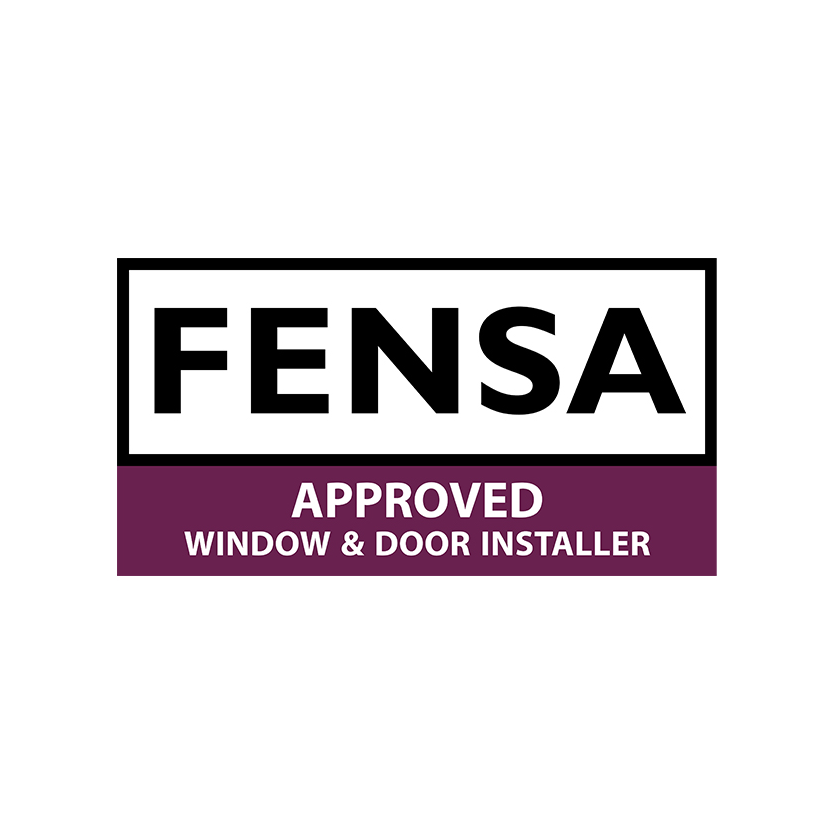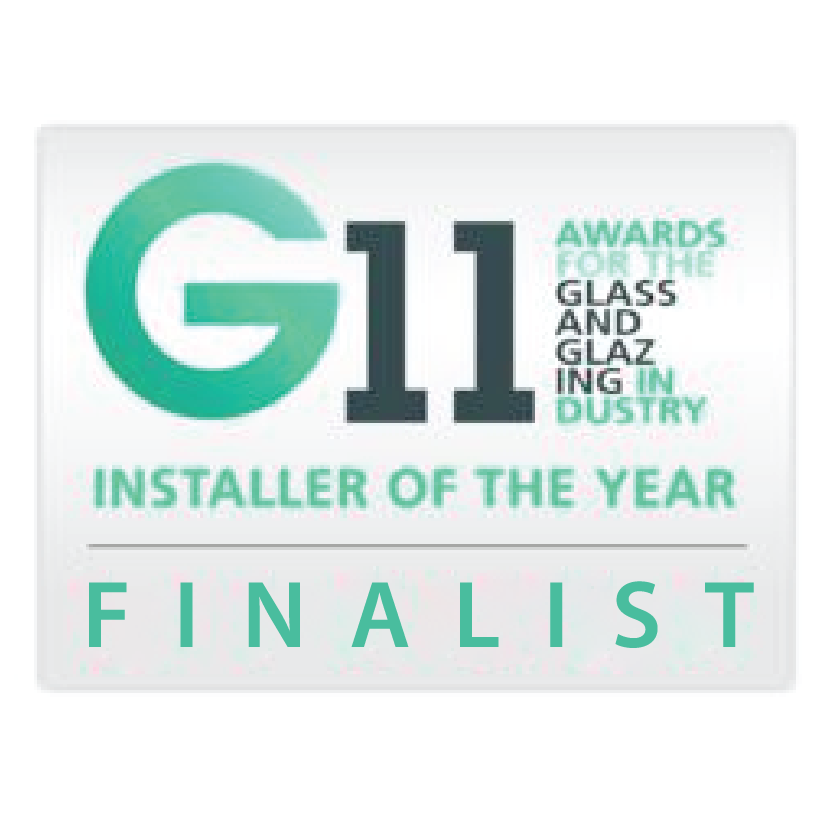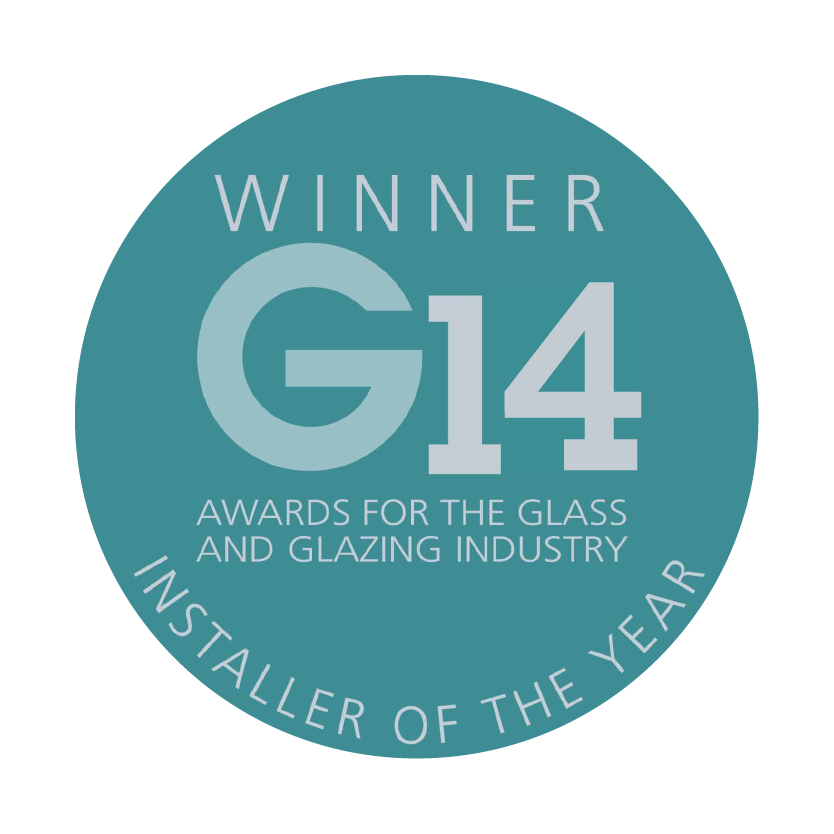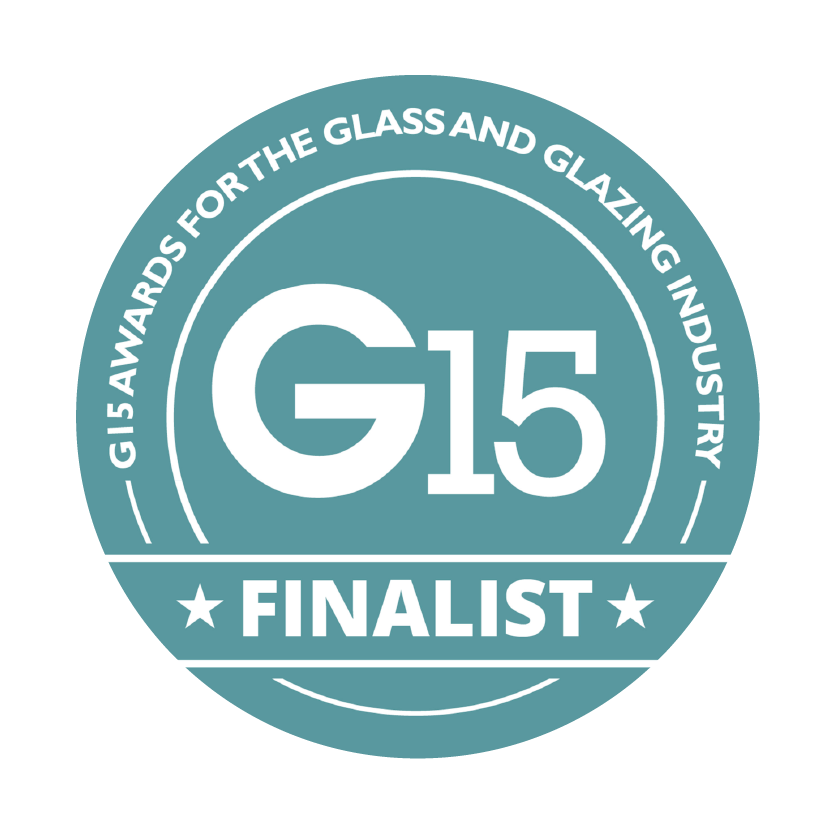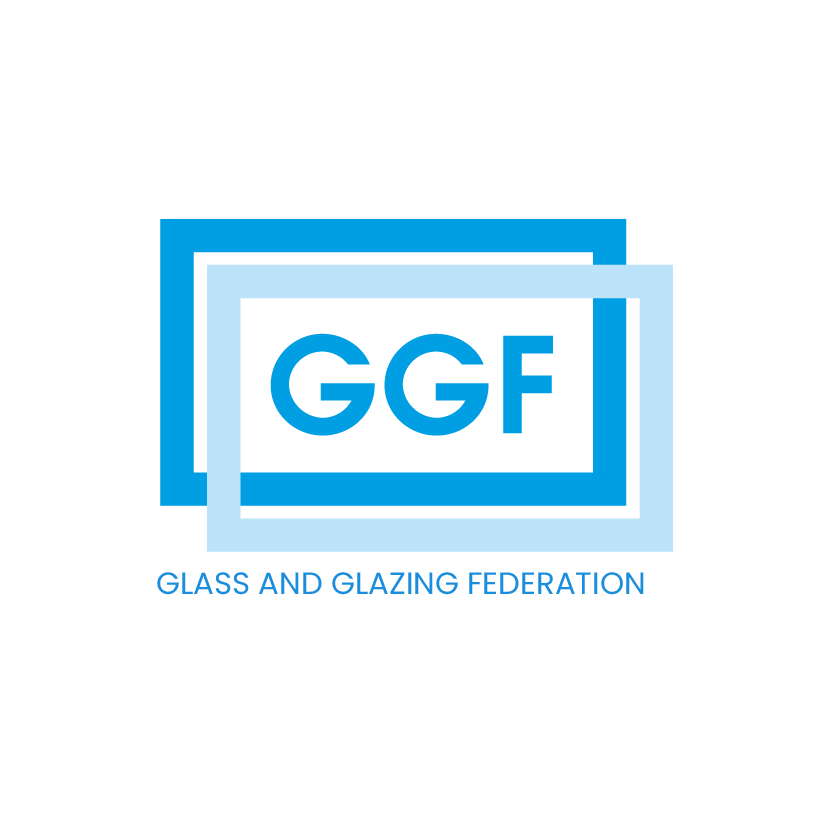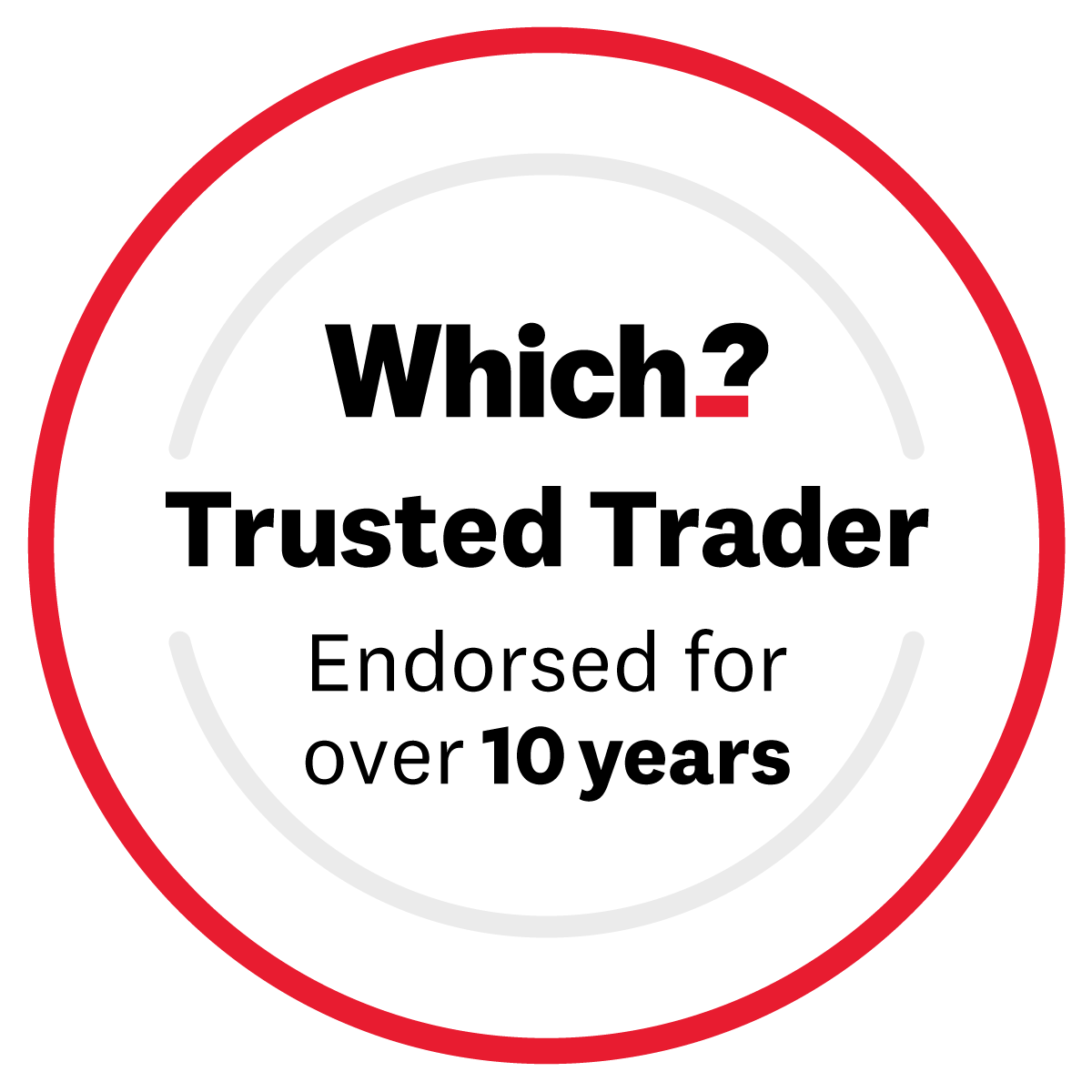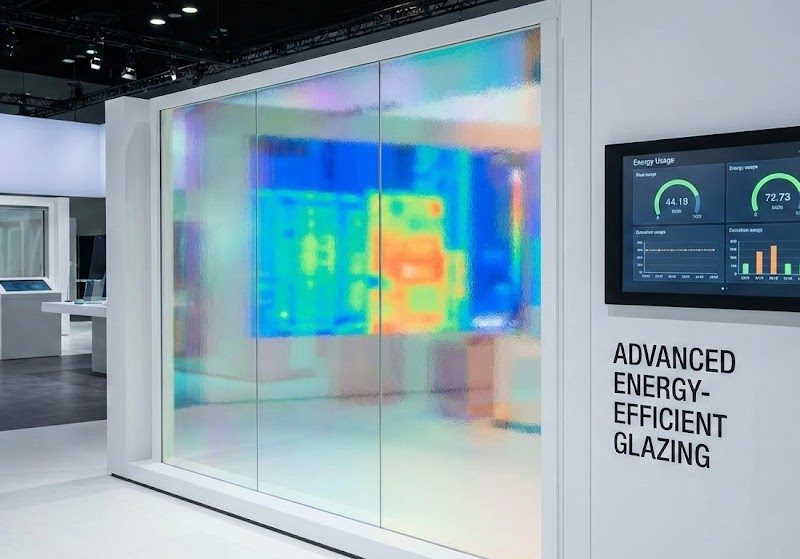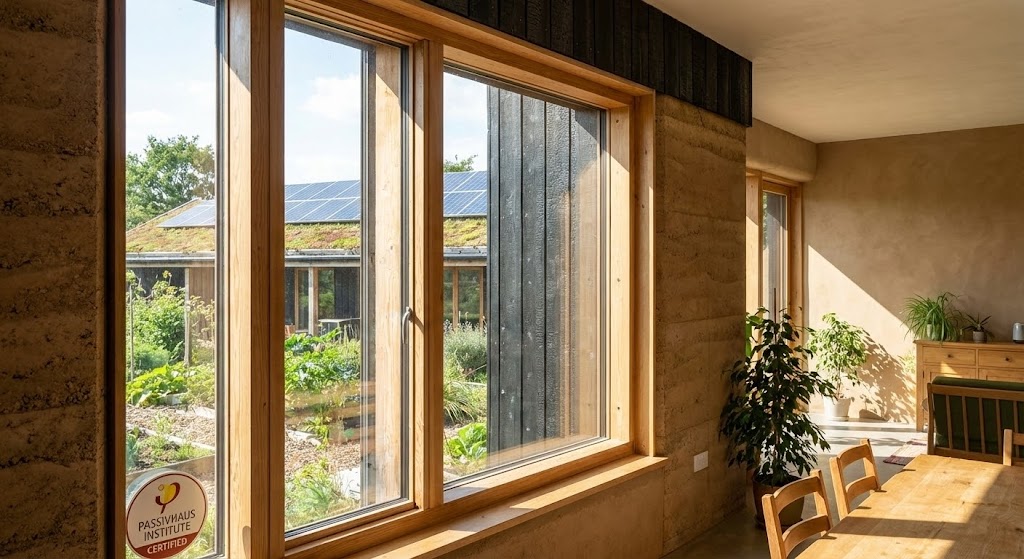
Timber - PVC - Aluminium - Windows, Doors & Conservatories in Hampshire
Green Home Improvements: Why “Fabric First” is the Only Way
Green Home Improvements: Why “Fabric First” is the Only Way
📌 The “Fabric First” Rule
- Order Matters: Insulate first, generate later. Installing a Heat Pump in a draughty home is throwing money away.
- The Logic: Windows are responsible for up to 18% of heat loss in UK homes (Source: Gov.uk).
- The Goal: Reduce your home’s energy demand before buying expensive eco-tech like Solar or Heat Pumps.

The UK is in the middle of a green renovation boom. Homeowners are rushing to install Heat Pumps, Solar Panels, and Battery Storage systems. While this enthusiasm is fantastic, many people are doing it in the wrong order.
At KJM Group, we advocate for the “Fabric First” approach. This simple engineering principle states that before you change how you heat your home, you must first minimize the heat you lose.
Table of Contents
1. What is “Fabric First”?
Imagine trying to fill a bucket with water that has holes in the bottom. You have two choices: turn the tap on harder (install a bigger heating system), or plug the holes (insulate the fabric).
“Fabric First” prioritises the structural envelope of your home—walls, roof, windows, and doors—over “bolt-on” technologies. By sealing the envelope, you reduce the amount of energy required to maintain a comfortable temperature.
2. The Physics: Why Heat Pumps Fail in Draughty Homes
Air Source Heat Pumps (ASHPs) are fantastic technology, but they operate differently from gas boilers.
- Gas Boiler: Blasts heat at 70°C. It can quickly heat up a leaky room.
- Heat Pump: Runs efficiently at a low flow temperature of 35°C – 45°C. It relies on maintaining a steady temperature.
⚠️ The COP Trap
The efficiency of a heat pump is measured by its COP (Coefficient of Performance). Ideally, for every 1 unit of electricity you put in, you get 3 or 4 units of heat out (COP 3-4).
If your windows are single-glazed or draughty, the heat escapes faster than the pump can replace it. The pump then has to work overdrive, running hotter and using far more electricity. Your COP drops to 2 or 1.5, meaning your heating bills could actually increase compared to gas.
3. Where is Your Heat Going? (The Data)
It is easy to assume “my walls are cold,” but the data shows that glass is often the biggest offender. Here is how the thermal performance (U-Value) of different parts of your home compares.
The lower the U-Value, the better the insulation.
Thermal Weak Points (U-Values)
Solid Brick
~2.1 W/m²K
Insulated Cavity
~0.3 W/m²K
Verdict
Insulation works wonders.
Single Glazing
~5.8 W/m²K
Old Double Glazing
~2.8 W/m²K
Verdict
Major Heat Leak. The energy falls right out.
Modern A-Rated
~1.2 W/m²K
Triple Glazing
~0.8 W/m²K
Verdict
Heat Pump Ready. 7x better than single glazing.
4. The Green Renovation Roadmap
If you have a limited budget, what should you do first? Here is the KJM recommended order of works for maximum ROI and comfort.
- Phase 1: Draft Proofing & Windows. Replace blown units or upgrade to Triple Glazing. Stop the air leaks first.
- Phase 2: Insulation. Top up loft insulation to 270mm+ and check cavity wall insulation.
- Phase 3: Ventilation. Ensure you have trickle vents or PIV systems to manage moisture (see below).
- Phase 4: Heat Source. Only now should you install a Heat Pump or Solar PV. Your home is now ready to use that energy efficiently.
5. What Happened to the “Green Deal”? (2025 Grants)
The “Green Deal” scheme is long gone, but the government has replaced it with new initiatives focused on energy efficiency.
- The Great British Insulation Scheme: Designed to help households in lower Council Tax bands insulate their homes. Check eligibility here Gov.uk.
- ECO4 Scheme: An obligation for energy suppliers to help low-income households upgrade inefficient heating and glazing.
- Boiler Upgrade Scheme (BUS): Offers £7,500 off the cost and installation of an air source heat pump (but remember: insulate first!).
6. Don’t Forget Ventilation!
There is an old builder’s saying: “Build tight, ventilate right.”
If you seal up all the draughts with new windows and insulation but don’t provide controlled ventilation, you will trap moisture. This leads to black mould and poor air quality.
All new KJM windows come with discreet Trickle Vents as standard (compliant with Part F Building Regulations). These allow stale, damp air to escape without letting all your heat out, keeping your fabric-first home healthy.
7. Frequently Asked Questions
Always windows. Reducing the amount of energy you need (by insulating) is cheaper than generating energy yourself. Once your home is sealed and efficient, you can install a smaller, cheaper solar/battery system because your demand is lower.
No, provided you choose the right glass. Modern triple glazing keeps heat in during winter but can be specified with Solar Control coatings to keep heat out during summer. Read our U-Value Guide for more on this.
Direct grants are limited, but under the ECO4 scheme, some households may be eligible for glazing upgrades. Alternatively, many mortgage lenders offer 0% or low-interest Green Additional Borrowing.
Explore Our Triple Glazing Knowledge Hub
This article is part of our comprehensive series on high-performance windows. To understand the science, costs, and comparisons in more detail, start here:
- The 2026 Glazing Outlook” – High-level summary of the pivot to growth. - 9 December 2025
- Industry News: The Future Homes Standard 2025 & What It Means for Your Windows - 1 December 2025
- KJM Group MD Attends House of Commons Event to Champion UK Glass Industry - 14 November 2025

